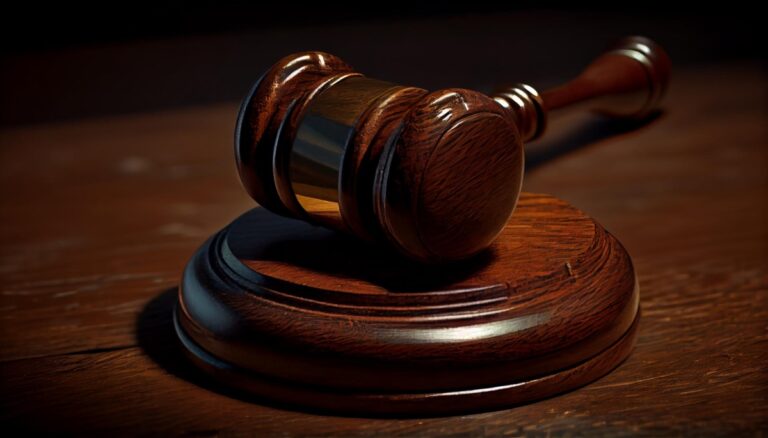The volume of product liability claims continues to increase globally. Proving fault in these defective product claims can be a complex process involving several different sections of law. However, across all industries producers have a duty of care to prevent any damage or injury occurring as a result of a fault or failure of their product. In a world where reliance on technology is swiftly becoming the norm, the correct operation of each tiny component of a product is vital.
Simply.Law – where legal performance matters
Simply.Law is a platform for linking consumers of legal services with the right lawyer for their needs. When a product liability claim arises, taking the right advice early on is a constructive move for your case. All the solicitors featured in this section are experts in product liability law and will bring their skill and experience to the analysis of your circumstances to determine how best to proceed. If you prefer, you can let us suggest the solicitor who we feel is most appropriate for you by using our Simply.Law Match function – just submit your details and we will do the rest.
The steps to establishing product liability
Loosely speaking, when a product is sold consumers have a right to expect that it will be fit for purpose and that safety won’t be an issue. Sometimes, however, products are not safe, and damage or loss occurs as a result. When a product liability claim is being established, there is a series of steps to identify who will be held responsible for any damages. Firstly, deciding who has responsibility as the producer, secondly whether or not the product is defective and thirdly whether the loss or damage was a direct result of that defect.
A producer is usually defined as the manufacturer of the finished product, or, where there are several elements, it will be the person who is responsible for the relevant part of the manufacturing process. Likewise, a producer can be determined by way of a trademark or a brand name, or by importation of the product into the EC. Therefore, there can be several liable parties, they can be liable jointly and severally, and liability cannot be limited or excluded.
There are various things that will be considered by a court when assessing whether or not a product is defective, principally:
- the warnings and instructions which accompanied the product
- the marketing of the product
- what the reasonable expectation of the use of the product could be at the time it was supplied, i.e. an earlier version of the product cannot be held to be defective because a later one was safer
- the use of any verification mark, such as a Kitemark
The Consumer Protection Act (CPA) places strict liability for a defective product on anyone who can reasonably be considered to be a producer – distributors, suppliers, retailers and manufacturers. Potentially, there may be multiple defendants and therefore multiple proceedings can be issued, depending on the production chain of the product.
In both aviation law and shipping law sectors, product liability claims occur frequently due to the, sometimes, catastrophic effects caused by a product failure. Even a fault in a tiny engine component can lead to stress fractures or similar on larger pieces which then contribute to serious faults such as engine failure.
Bringing a claim and the burden of proof
Claims in tort are regularly seen, or claims under contract or statutory law. Regardless of which of these it is, it must be proved that the product was defective, that it caused loss or harm as a result of the defect and that the product is the legal responsibility of the person being sued.
Claims under statute
To claim under the CPA , the claimant merely has to prove that the product is the legal responsibility of the defendant.
Tort law
For claims in tort the claimant must establish negligence and that a duty of care was breached.
Contract law
For a claim in contract, a breach of contract between the parties must be proven.
A product can be deemed legally defective as a result of:
- a flawed design process, in which case expert evidence will be needed to prove this
- faults in the manufacturing process
- failure to fully or effectively test the product
- not warning of potential dangers
Are there any defences?
The following circumstances can provide a valid defence under CPA law:
- compliance with EC or domestic law rendered the product defective
- the product was not supplied by the defendant
- if the product was not supplied or manufactured in the course of a commercial enterprise
- at the time the product was supplied, the defect did not exist
There is also a ‘development risks’ defence. This can be applied if the extent of the technical or scientific knowledge at the time of development means that the producer may not reasonably have been expected to be aware of the defect.
Make a product liability claim with confidence
If you are considering bringing a claim, it’s worth bearing in mind that the Consumer Rights Act 2015 introduced class action litigation. Breaches of CRA law now means that collective proceedings can be held.
Contact Simply.Law today, to find the product liability solicitor right for case, whether you wish to bring or defend a class action or are claiming in tort or contract, or under statute.
Product liability claim – Simply.Law can find you skilled, experienced legal advice tailored to your need.

